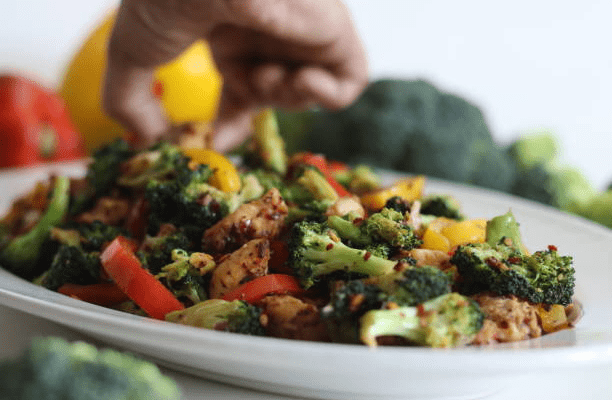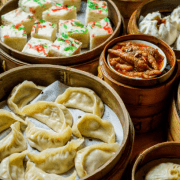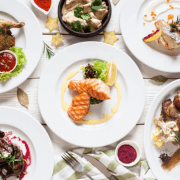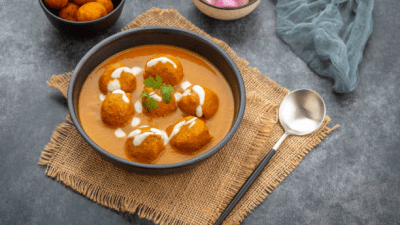In the vibrant tapestry of India’s diverse culinary landscape, the evolution of Chinese food has woven itself seamlessly into the fabric of our gastronomic journey. The fusion of traditional Chinese flavors with local Indian ingredients has given rise to a unique culinary experience that delights the taste buds and reflects the cultural amalgamation that defines our nation. In this blog post, we will delve into the fascinating journey of Chinese food in India, exploring its roots, transformations, and the delectable fusion that has emerged over the years.
Understanding the Roots:
Chinese cuisine first found its way to India through the influx of Chinese immigrants in the late 18th century. The Hakka Chinese community, primarily engaged in the leather tanning business, settled in the Tangra region of Kolkata. Bringing along their culinary traditions, the Chinese community started catering to their own needs initially but soon realized the potential of introducing their flavors to the Indian palate.
Early Chinese-Indian Fusion:
The initial phase of Chinese food in India was characterized by an attempt to recreate authentic Chinese dishes using locally available ingredients. As the Chinese community adapted to the Indian way of life, their culinary creations underwent subtle transformations to suit the Indian taste buds. This marked the beginning of the Indo-Chinese culinary fusion, a delightful marriage of Chinese cooking techniques and Indian spices.

Popular Indo-Chinese Dishes:
Chilli Chicken: A fiery concoction of chicken, bell peppers, and onions, this dish perfectly exemplifies the marriage of Indian spices with Chinese cooking methods. The crispy texture of the chicken, coupled with the bold flavors of soy sauce and ginger, creates a dish that is a staple in Indo-Chinese cuisine.
Manchurian: Whether it’s vegetable, chicken, or paneer, Manchurian has become synonymous with Indo-Chinese comfort food. The deep-fried dumplings, soaked in a tangy and flavorful sauce, showcase the perfect fusion of Chinese and Indian taste elements.
Hakka Noodles: While traditional Chinese noodles differ from their Indian counterparts, Hakka noodles have become a popular adaptation. Stir-fried with an assortment of vegetables and aromatic spices, these noodles offer a delicious blend of Chinese and Indian flavors.
The Evolution Continues:
As Chinese food gained popularity across India, it continued to evolve, adapting to regional preferences and culinary traditions. Today, every corner of the country boasts its own version of Chinese-inspired dishes, each with a unique twist that reflects the diversity of Indian culture.
The Role of Street Food:
One of the key contributors to the evolution of Chinese food in India has been the street food culture. From bustling markets to roadside stalls, vendors have creatively incorporated Chinese flavors into their offerings. Whether it’s the iconic “Schezwan dosa” or “Chinese bhel,” the street food scene has played a significant role in popularizing Indo-Chinese cuisine.
Fine Dining and Fusion Restaurants:
In recent years, the culinary landscape has witnessed the emergence of upscale Chinese restaurants that blend traditional Chinese cooking techniques with innovative twists. These establishments offer a more refined experience, introducing patrons to a diverse range of Chinese flavors while maintaining the essence of Indian culinary preferences.
Conclusion:
The evolution of Chinese food in India is a testament to the dynamic nature of culinary traditions. From humble beginnings in Kolkata’s Tangra region to becoming a ubiquitous presence across the country, Chinese food has seamlessly integrated into the Indian way of life. The fusion of flavors, techniques, and ingredients has given rise to a unique culinary experience that continues to captivate food enthusiasts. As we savor the diverse offerings of Indo-Chinese cuisine, we celebrate the harmonious blend of two rich culinary traditions, forever intertwined in the heart of India.
Also Read- A Wok’s Wanderlust: Culinary Treasures Of Chinese Restaurants In Adyar
















